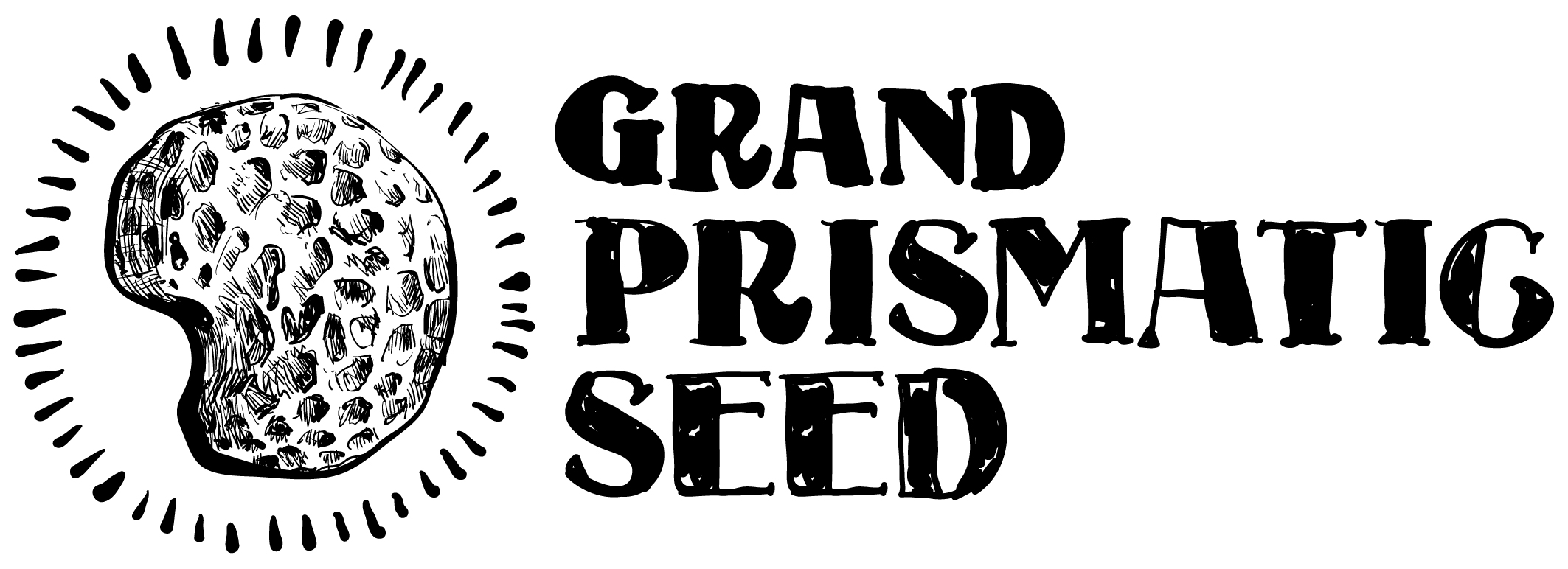Curlycup Gumweed


Curlycup Gumweed
Grindelia squarrosa
A perennial wildflower in the Sunflower family (Compositae) native to Utah and most of continental North America. It is highly attractive to many different kinds of native bees as well as honeybees. It blooms late in the season and provides important pollen and nectar resources to pollinators at what is often a lean time.
Curlycup gumweed is very drought tolerant and can grow in dry, rocky soils with lots of competition from other plants. It also tolerates moderately salty soils. It is an adaptable plant and can grow in many conditions.
It is a good plant for low-water gardens, pollinator strips, or habitat improvement; sagegrouse chicks will use it for forage. It does not make palatable forage for livestock and can accumulate selenium, making it a poor choice for a pasture mix.
The seeds come in two types: The seeds from the center of the flower germinate more quickly and seeds from around the outside can hold longer in the soil. This adaptation allows for seeds to germinate in different seasons and conditions and to ‘hedge its bets’ against unfriendly changes in growing conditions for seedlings.
A paste or tea from the gum-filled flowers can be used to ease and prevent irritation from poison oak and poison ivy if used soon after exposure, as well as to soothe sores and other skin irritations. Tecnu (a soap used for washing off the harmful oils of poison oak and ivy) was developed from a cousin of curly cup gumweed, Puget Sound gumweed (Grindelia integrifolia) from the northwestern United States.
Sow seeds in fall through early spring. At least 10 weeks of cold stratification are required and then seeds should germinate in about 2 weeks.
Packet: 300 seeds
